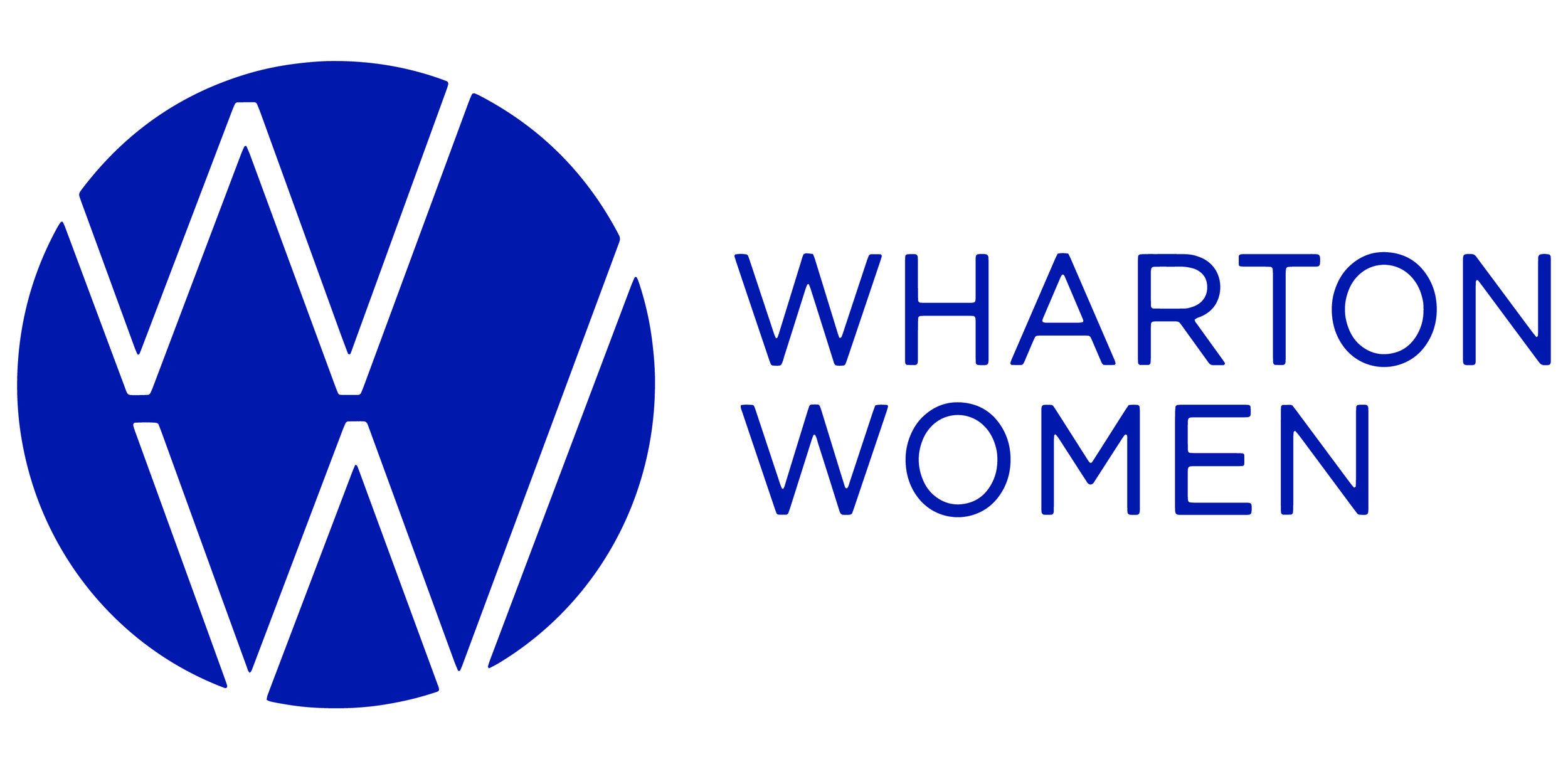AI and Luxury: How Luxury Brands Have Used AI to Further Personalize their Customer Experience
Written by Hope Sheridan (W’26); Edited by Ella Gupta (W’27)
AI provides an opportunity for luxury goods companies to seriously transform their business models and shift customer expectations.
Many high end fashion companies have already adopted some AI technologies. For instance, Burberry uses AI to find counterfeit items, and Prada uses AI to improve their customer education and marketing. Following these companies' example, the luxury fashion industry can seriously transform their services. By strategically implementing AI technologies, luxury fashion brands can create a more personalized experience for their customers, resulting in a surge in sales and increased customer satisfaction.
Here are some ways luxury fashion brands can use AI technology to elevate the customer experience:
Virtual try-on
Augmented reality (AR) allows customers to virtually try on fashion items and accessories. They can even imagine furniture or home decor pieces in their homes. This technology can help customers to make more thoughtful decisions about their purchases, boosting their satisfaction with the products and the experience with the brand.
Identify counterfeited products
Entrupy provides a technology that certifies the authenticity of a luxury product based off of a photograph of the product. Through observing tiny details in the texture and weaving of an item, AI can spot a counterfeit with a 98% success rate. By taking advantage of this technology, luxury brands can shut down retailers that are selling counterfeit versions of their products. As a result, the customer will feel more satisfied with their purchase, since it will be a more unique piece.
Data-driven customer recommendations
AI algorithms can harness data to provide quality insights about trends and purchase patterns. This solution allows brands to gain a more thorough understanding of their audience, improve their product offerings, and brainstorm changes to better serve existing customers and attract new ones
Supply chain efficiency
By using AI to predict demand, luxury brands can optimize their inventory management. Through being fed historical data and trends, algorithms can help companies determine potential overstocking or understocking problems, therefore improving their efficiency. This will make the customer more satisfied with their experience with the luxury brands, as popular items will have increased stocks while less-popular products will not have an excess of inventory.
Image recognition
By implementing a visual search option on their website, customers can find their sought-after pieces without needing to know the names of the clothing or accessories. This feature makes the purchasing process more convenient for customers, while simultaneously increasing conversion rates because more customers will visit the website knowing exactly what they are looking for.
The power and future of artificial intelligence is exciting. However, while these AI-related recommendations can seriously change the luxury fashion sector, it is essential for fashion brands to be mindful of having a proper balance of tech with human touch and expertise. It is a matter of determining what is the appropriate amount of human and AI solutions to provide the best possible customer experience. As AI technologies continue to be adopted across the industry, it will be interesting to see how much of a role they will play in a company’s service.
